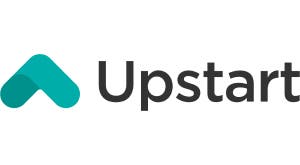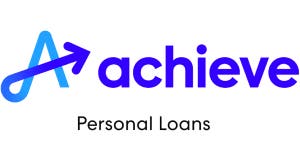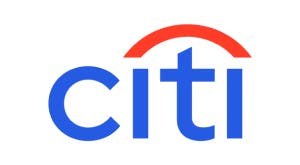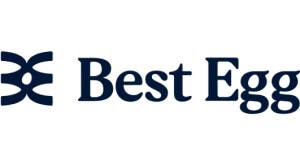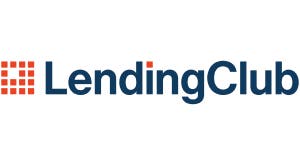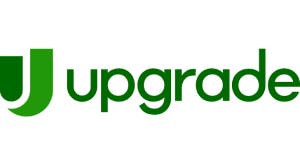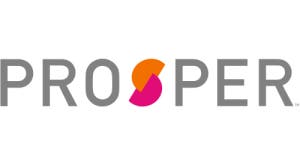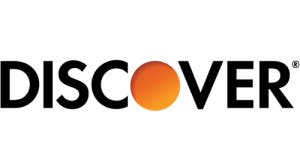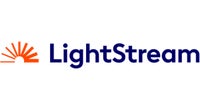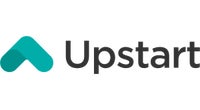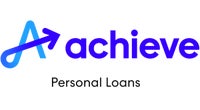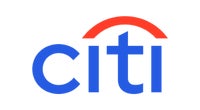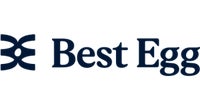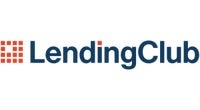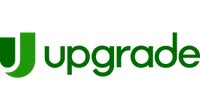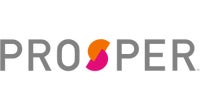Lightstream: Bankrate 2024 awards winner for best personal loan for home improvement.
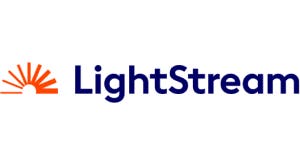
4.7
Bankrate Rating = 4.7/5
Bankrate scores are objectively determined by our editorial team. Our scoring formula weighs several factors consumers should consider when choosing financial products and services.
The annual percentage (APR) includes your interest rate, plus any loan fees. It reflects the total cost of borrowing.
Apply on partner site
This lender is registered in states where it does business, has a Consumer Loan Company License and was vetted by the Bankrate Editorial team.
LightStream offers some of the lowest minimum APRs reviewed. You can also stretch the payment out on a max loan amount of $100,000 for up to 12 years — a full five years longer than the other lenders on our table. Same-day funding is also available, making LightStream a great choice for last-minute funds if your renovation project is running over budget.
- Borrowers must have good to excellent credit
- None
Same-day funding available if loan is approved by 2:30 p.m. ET
Pros
- High maximum loan amount
- Low APRs
- No fees
Cons
- Good to excellent credit required
- High minimum loan amount
- No due date flexibility
*Your loan terms, including APR, may differ based on loan purpose, amount, term length, and your credit profile. Excellent credit is required to qualify for lowest rates. Rate is quoted with AutoPay discount. AutoPay discount is only available prior to loan funding. Rates without AutoPay are .50% points higher. Subject to credit approval. Conditions and limitations apply. Advertised rates and terms are subject to change without notice. Payment example: Monthly payments for a $10,000 loan at 9.99% APR with a term of 3 years would result in 36 monthly payments of $322.62. Truist Bank is an Equal Housing Lender. © 2024 Truist Financial Corporation. Truist, LightStream, and the LightStream logo are service marks of Truist Financial Corporation. All other trademarks are the property of their respective owners. Lending services provided by Truist Bank.
